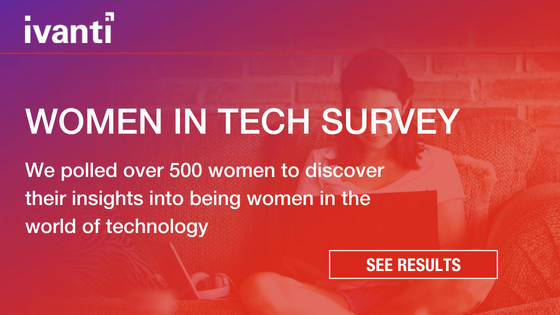Diversity and the Coming Digital Economy
It has been clear for many years now that a more diverse group will make better decisions. There will be less bias—or, at least, the individuals’ personal biases will cancel each other out, rather than reinforce each other—and more perspectives will be brought to bear, improving the information available to support the decision.
This information is particularly important when considering company boards. In the wake of the 2008 financial crisis, there was a spate of discussions about whether banking boards had been willing to take more risky decisions because of being full of very similar people (mostly, middle-aged white men). In other words, had they made poorer decisions because of their lack of diversity? Should companies make boards more diverse?
Increasing board diversity
Increasing board diversity, it turns out, is hard. Several countries, notably in Scandinavia, have tried quota systems, but critics say that this leads to large numbers of unqualified women being appointed to board positions, and the overall quality of boards declining. It is not hard to see that this could be the case, nor that it would also damage the case for increasing diversity.
The 30% Club has taken a different approach. It was launched in 2010 as recognition grew that the efforts of individual companies were good, but were not enough to make any kind of breakthrough at national or international level. Instead, a more concerted push, with a defined target, might help.
The 30% club was born, with the goal of achieving at least 30% women on FTSE100 boards. The 30% is because research shows that this is the point at which minority ‘voices’ start to be heard in their own right, rather than as ‘representing’ that minority.
Collaborative, business-led, and outcome-focused
For the companies and organisations signed up to the 30% Club, the 30% is a goal, not a quota. The club’s initiatives are business-led and collaborative, but more importantly, the club does not just focus on boards. From early in its life, there was a recognition that companies wanted to appoint women, but there were not enough good candidates available. This was why individual companies had made progress, but there had been little movement overall: there were only so many high-level female candidates to go round.
The club’s more recent work has therefore focused on establishing more of a ‘pipeline’, by encouraging companies to increase diversity at all levels, including through graduate and school-leaver recruitment. Progress has been effective. In the UK, just 12.5% of board members were women in 2010. That figure is now 28.9%, very close to the 30% Club’s goal. This is great progress, but there is still plenty of work to do.
Understanding diversity, and why it matters
The ongoing discussions about the gender pay gap show that diversity is still a challenge in many organisations. Diversity, however, goes far beyond board representation, or recruiting equal numbers of men and women. It actually goes far beyond even the gender pay gap.
The gender pay gap matters because it highlights other issues, not pay. It shows that different jobs pay different amounts, and garner different levels of respect—and that women are more likely to be in the lower paying jobs. It shows that many women earn less because they work less, usually because they are more likely to take on childcare roles, or care for older people, and therefore work part-time. The pay gap, therefore, may not be so much a reflection of corporate views on women, as the result of choices made by both men and women.
The lack of choice needs to change
In the Western world, working part-time may be a choice for some people. But it may be different in the rest of the world. This is, however slowly, starting to change, as a result of the work of organisations like the 30% Club.
There is a growing recognition that many people want to be able to spend time with their families—and also that this is hugely valuable to society—but that they also want to have fulfilling careers. Failing to provide flexible options, and to demonstrate that you value diversity in your actions as well as your words, will start to be punished. In a digital economy, word gets around fast. Reputations hinge on actions, and the time is coming when inaction in this area will be impossible.
More and more organisations are moving towards flexible working, and encouraging a better work–life balance for both men and women. And this is made easier for work that is conducted digitally. Flexible working is already improving recruitment results for companies that have well’ developed flexi-working norms. Digital natives might well usher in diversity as a by-product of how they choose to work. We might reach the 30% ‘tipping point’ in an unexpected way.
Find more content by Puni Rajah here.
Keep an eye out for more Women in Technology blogs and follow @TheTechieGirls on Twitter!

